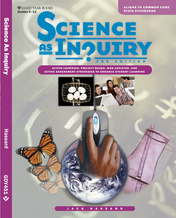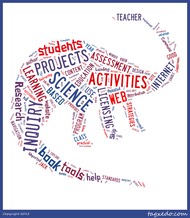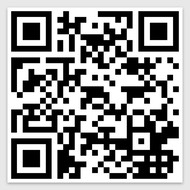6 Practical Cooperative Learning Strategies for Organizing Student Inquiry
Cooperative learning is an integral part of a teacher’s tool kit, and it is the central pedagogical tool of Science As Inquiry. Every activity in Science as Inquiry shows how cooperative learning can be used as a way to organize students to do inquiry.
In Chapter 1 of Science as Inquiry, six cooperative learning structures or strategies are presented in detail. Each cooperative learning strategy is illustrated by a science activity, which you can use to help your students learn how to learn in teams, and for you to become familiar with the diversity of cooperative learning approaches. The chart below outlines the cooperative learning structures.
Team Learning


Collaborative inquiry, one of the cooperative learning strategies in which the distribution of roles leads to interdependent as well as individual responsibility with a team. Students work in teams of four with each student taking on one of four roles: communicator, materials manager, tracker or checker. With teams of five, one student takes on the role of coach.
Each of the cooperative learning structures developed in the text is illustrated with a science activity. In the case of collaborative inquiry, the example science activity is The Footprint Puzzle. In this cooperative learning activity, teams are asked to investigate the footprints of dinosaurs that are based on prints found in rocks during the Cretaceous Period of geological time. In the context of geological science, students are asked to collaborate on what they observe in the tracks before them, and what interpretations they can make about the dinosaurs based on the tracks. Students use the Data Recording sheet shown below. Each student takes on a different inquiry role, as identified here, and work together as a team to investigate the puzzles. Note that there are two sets of tracks. Students should work on the first set for a few minutes. Then you can inform the students that additional tracks have been located, and the second set of tracks shows how the new tracks are related to the first set that the students observed. How does the second set of tracks affect the students' hypotheses and interpretations?







